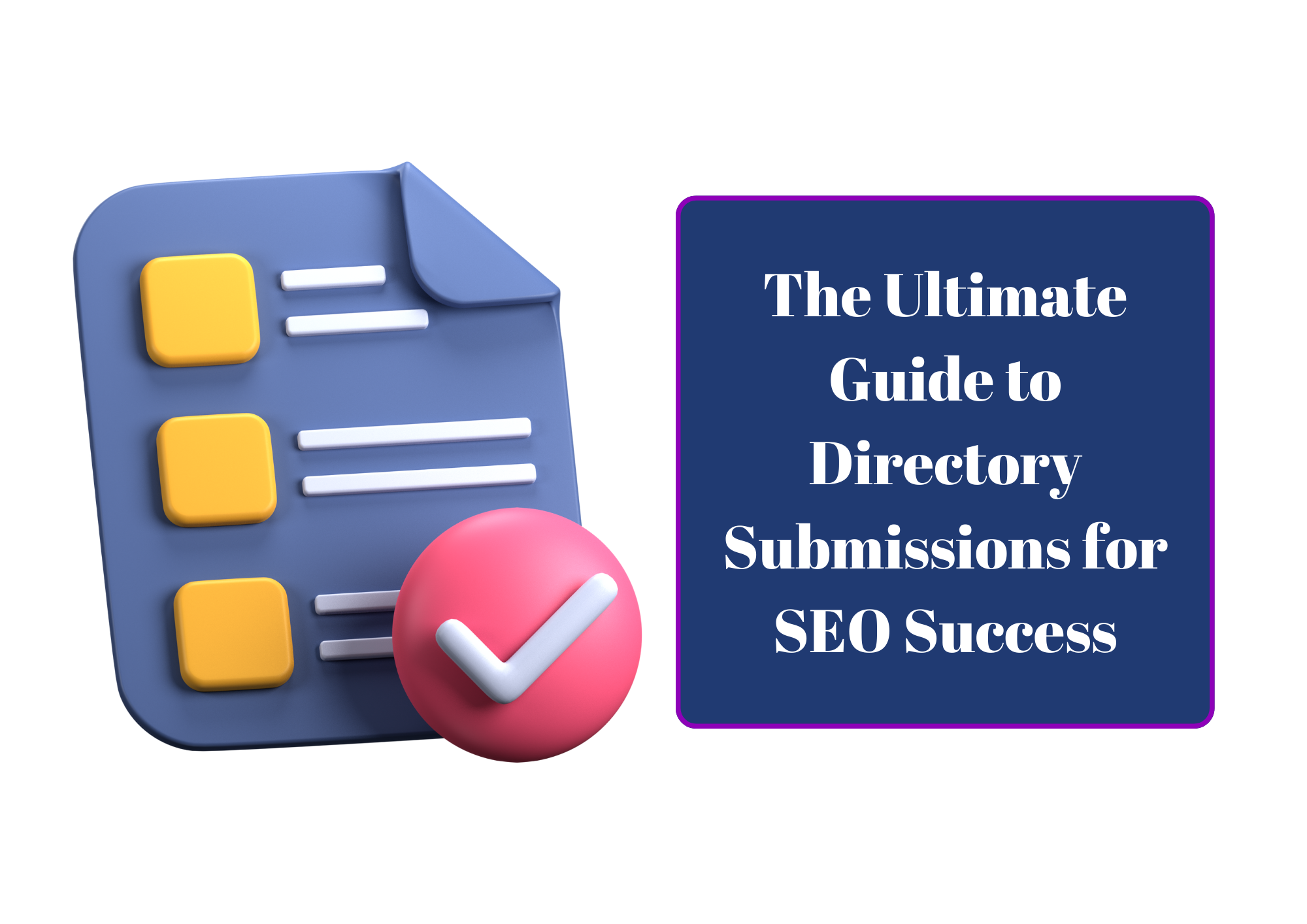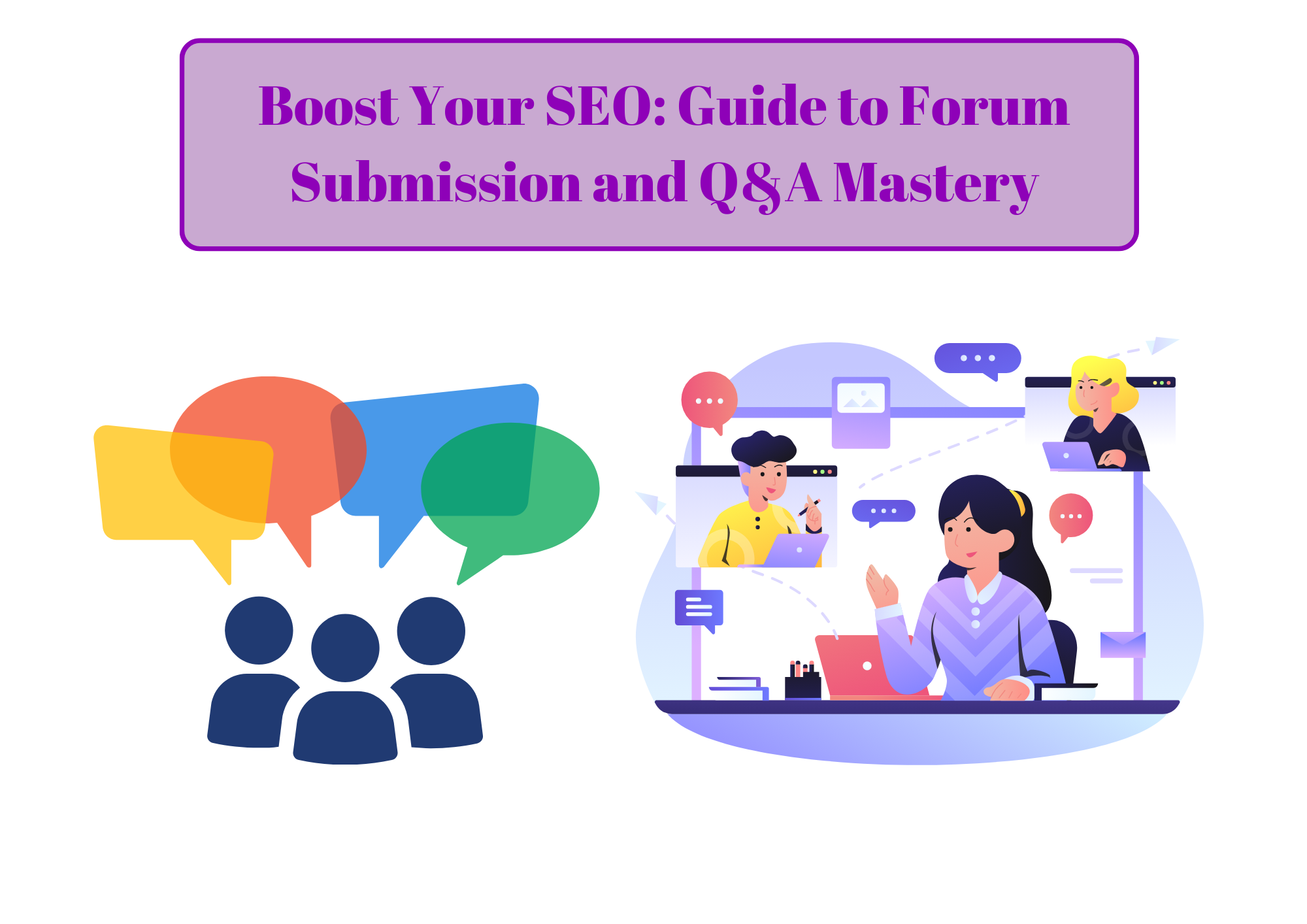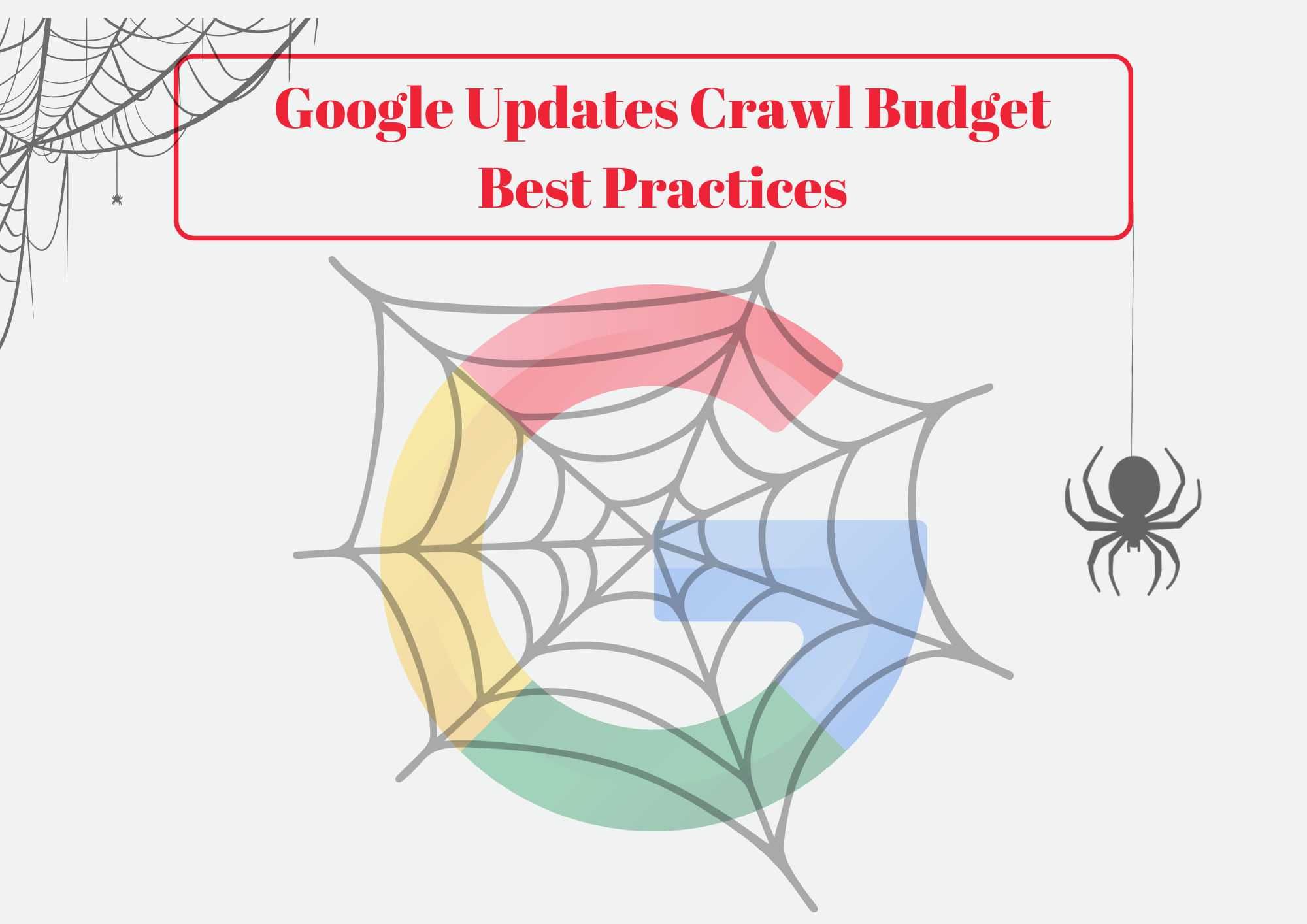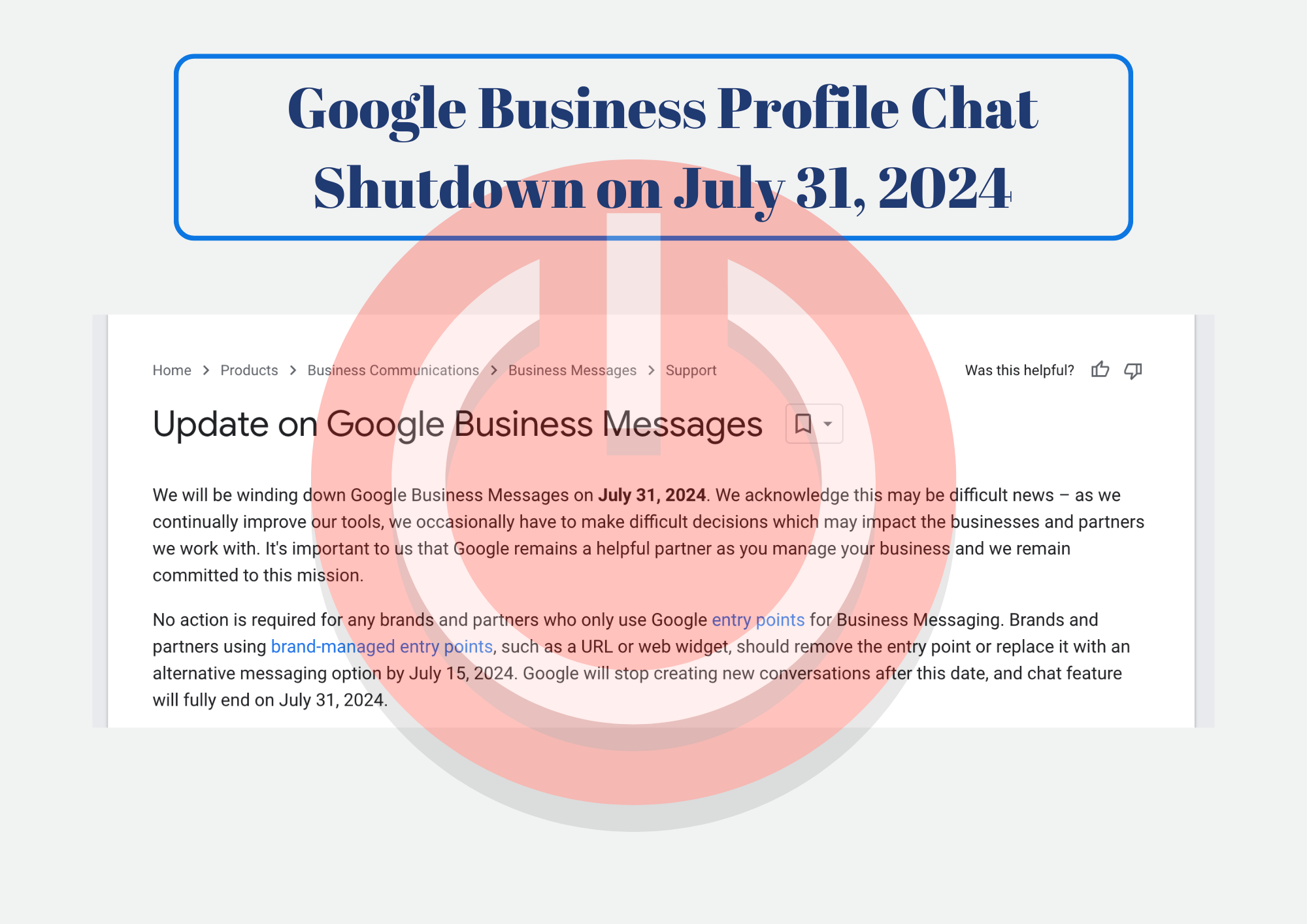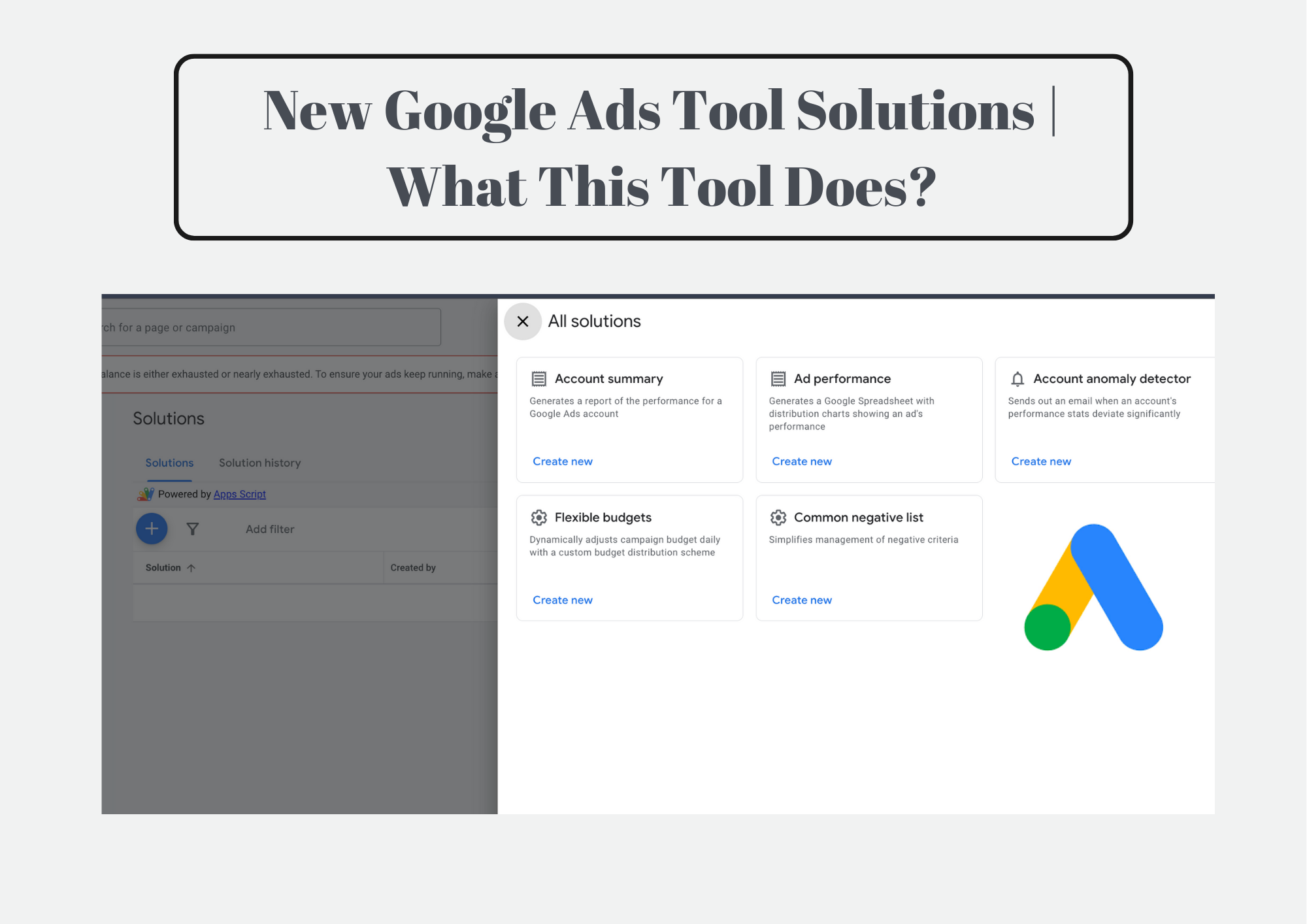
Ready to dominate search engine results and reach a wider audience? Look no further than the art of guest posting! This powerful SEO strategy involves contributing content to other relevant websites, building brand awareness, and acquiring valuable backlinks that boost your own website’s ranking. In this comprehensive guide, we’ll equip you with the knowledge and tools to master guest posting and skyrocket your SEO success.
What is Guest Posting and Why Does it Matter?
Guest posting involves writing and publishing content on websites other than your own. Done strategically, it offers a treasure trove of benefits:
- Enhanced visibility: Reach new audiences through established platforms with targeted readerships.
- Improved Domain Authority: Earn high-quality backlinks, a crucial ranking factor in Google’s algorithm.
- Brand awareness boost: Position yourself as an expert in your industry and build brand recognition.
- Increased website traffic: Drive qualified visitors back to your site through strategic internal linking.
The Essential Steps to Guest Posting Mastery:
1. Finding Your Perfect Match:
- Target Relevant Websites: Identify high-authority blogs with audiences aligned with yours. Use tools like Moz Domain Authority Checker and Ahrefs Backlink Checker to assess website quality.
- Content Gap Analysis: Utilize tools like SEMrush Website Audit Tool to analyze potential host websites and identify topics they lack, offering valuable content solutions.
- Read Guidelines: Each website has its own guest posting guidelines. Carefully review and adhere to them to avoid rejection.
2. Crafting the Irresistible Pitch:
- Personalize your approach: Avoid generic emails. Research the editor and tailor your pitch to their specific needs and interests.
- Highlight your expertise: Briefly showcase your knowledge and value proposition.
- Showcase your best work: Share links to relevant articles or samples demonstrating your writing skills.
- Keep it concise and clear: Get straight to the point and explain what you offer within a few sentences.
3. Content that Captivates:
- Know your audience: Tailor your content to their interests, pain points, and writing style.
- Deliver top-notch quality: Write well-researched, informative, and engaging content that provides value.
- Optimize for SEO: Strategically incorporate relevant keywords and internal links to boost rankings.
- Proofread meticulously: Ensure your content is free of errors and typos for a professional image.
4. The Power of Tracking and Analysis:
- Monitor key metrics: Track website traffic, referral sources, and backlink profiles to measure the impact of guest posting.
- Use Google Search Console: Analyze how your guest posts perform in search results and identify areas for improvement.
- Adapt and refine: Continuously evaluate your results and adjust your strategies for better outcomes.
Bonus Tip: Level Up Your Game:
- Collaborate with influencers: Partner with industry experts for guest posts on high-authority websites.
- Get creative: Explore various guest posting formats like infographics, video presentations, or co-authored articles.
Key Takeaways:
- Guest posting is a powerful SEO strategy for boosting website visibility, domain authority, and brand awareness.
- Identify relevant websites with aligned audiences and carefully assess their guest posting guidelines.
- Craft personalized pitches that highlight your expertise and value proposition.
- Create high-quality content that resonates with the target audience and is optimized for SEO.
- Track and analyze results to measure the impact and refine your strategies for continuous improvement.
Google Updates related to Directory Submission
1. Panda Update (2011): This update targeted low-quality content, emphasizing the importance of providing valuable and informative content in your guest posts.
2. Penguin Update (2012): Focused on penalizing websites with unnatural backlink profiles. This emphasizes acquiring backlinks through guest posting naturally, with high-quality content, instead of link exchanges or paid schemes.
3. Hummingbird Update (2013): This update shifted Google’s understanding of search queries towards semantic meaning. Ensure your guest post content aligns with searcher intent and uses natural language instead of keyword stuffing.
4. RankBrain Update (2015): Introduced machine learning to understand user engagement and satisfaction. Write engaging content that keeps readers interested and reduces bounce rates.
5. Helpful Content Update (2022): Emphasized the importance of creating content that is genuinely helpful and informative for users. Focus on solving audience problems and providing unique value in your guest posts.
Additionally:
- BERT Update (2019): Improved search understanding for complex queries. Write clear and concise content that is easy for Google to understand.
- MUM Update (2021): Enhanced understanding of multi-lingual and multi-task queries. Focus on creating content that is relevant to the specific language and context of the target website.
Guest Posting Tools: Free vs. Paid Options
Free Tools:
- Buzzsumo: Discover high-performing content on relevant topics and identify websites accepting guest posts.
- Hunter.io: Find email addresses of editors and website owners for personalized outreach.
- Google Alerts: Set alerts for keywords related to your niche and discover guest posting opportunities.
- Guest Post Tracker: Track guest post submissions and analyze their performance.
- Ahrefs Backlink Checker: Assess the quality of potential guest blogging websites.
- Google Search Console: Monitor website traffic and analyze the impact of guest posts.
- Social Media: Leverage Twitter, LinkedIn, and industry forums to connect with website owners and editors.
Paid Tools:
- BuzzStream: Manage outreach campaigns, automate tasks, and track guest post performance.
- Pitchbox: Discover high-quality websites, personalize outreach with templates, and manage campaigns.
- Ninja Outreach: Discover relevant websites, find contact information, and automate outreach emails.
- Mailshake: Send personalized outreach emails at scale and track their performance.
- SEMrush: Conduct competitor analysis, identify backlink opportunities, and track website growth.
- Ahrefs: Comprehensive SEO toolset for competitor analysis, backlink checking, keyword research, and content analytics.
- ContentStudio: AI-powered writing assistant and content creation platform to help you craft top-notch guest posts.
Things to Remember:
- Free tools often have limitations, while paid tools offer more features and functionality.
- Choose tools that align with your budget and guest posting needs.
- Free tools can be a great starting point, and you can upgrade to paid options as your needs evolve.
- Combine different tools for a comprehensive approach to guest posting.
Conclusion:
By mastering the art of guest posting, you unlock a potent SEO weapon that propels your website to new heights. With the knowledge and techniques in this guide, you’re well-equipped to embark on your guest posting journey and achieve phenomenal SEO success. Remember, consistent effort, quality content, and strategic targeting are key. So, start guest posting today and watch your website rise in the search engine ranks!
